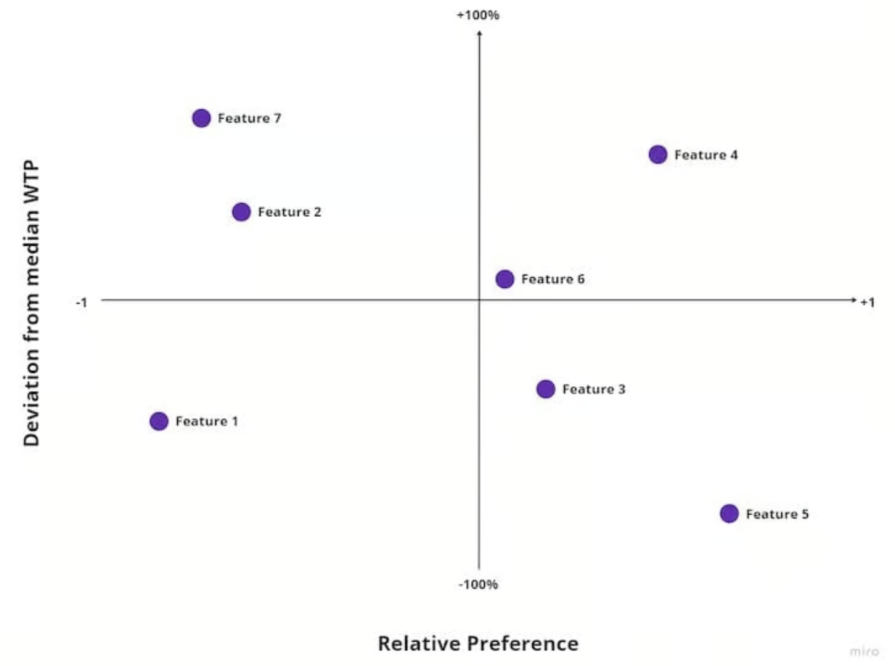In the realm of product management, people talk about minimum viable products (MVPs) as if they’re the only thing that matters. While there’s nothing wrong with a strong MVP focus, it’s important that you don’t forget the more mature minimum marketable product (MMP) in the process. MMPs are a key step in successful new product launches, as they go beyond the user to assess the market and help ensure commercial success.

This article explains what a minimum marketable product is, how it differs from a MVP, how to define it, and examples of successful launches.
What is a minimum marketable product (MMP)?
Some people say that an MMP is an MVP that users are willing to pay for. I don’t necessarily agree — products might be monetized in various ways, for example, through ads or partnerships.
A minimum marketable product is the simplest version of a product that can be released and:
- Solves at least one key user problem (to attract users)
- Solves it well (to keep users)
- Can be monetized (to fuel further growth)
MMP = solution for problem + retention + monetization strategy
MMP vs. MVP
The main difference between a MVP and a MMP is that first validates assumptions about users, while the latter MMP validates assumptions around the market. A MMP is also a starting point for commercial success, not just hypothesis confirmation.
A MVP doesn’t have to be monetized or have any growth strategy. It doesn’t even have to be a working product. You can validate assumptions with a:
- Fake door MVP
- Concierge MVP
- Wizard of Oz MVP
MVPs can help you validate specific assumptions about users and their behaviors, but they aren’t necessarily a great tool for validating the actual market. Although you can get some insights about willingness-to-pay or the viability of growth loops, you must go to the actual market, get real money, and compete with real competition to truly validate the product and its business model.
If you launch a product that works and has a growth and monetization strategy in place, you can test if it:
- Solves the user problem
- Makes users stick
- Generates profit
A successful MMP is also a source of extra cash for further development and extra users for further research. A failed MMP gives you a signal it’s time to pivot.
How to define minimum marketable product
Before developing your MMP, you need a strong sense of the problem you’re solving for and the solutions that might work. If you don’t, go back and do user research.
After this you need to go deeper to uncover:
- What features your target audience desire
- What users are willing to pay for features
To determine what features and solutions you users want most, you can perform max-diff surveys. When it comes to willingness-to-pay, Van Westendorp is a way to go.
If you don’t have the means to perform quantitative studies, you can also use your gut feeling based on additional user research and market trends, although the accuracy will suffer.
Based on those two factors, you can then map a 2×2 packaging matrix:

This will help you categorize features into four buckets:
- Low WTP + low preference — Not valued
- Low WTP + high preference — Table stakes
- High WTP + low preference — Add-ons
- High WTP + high preference — Expansion triggers

Your MMP should cover all the table stakes features so that you ensure you have a strong enough value proposition to attract and keep new users.
Examples of successful MMP implementations
The following real-world examples show how implementing a MMP strategy can lead to successful product adoption.
Dropbox
Initially, Dropbox just had a set of very basic functionalities that consisted of storing and sharing files.
However, it was enough to solve the main problem users faced back then — seamless file management — and had a viable monetization mechanic that allowed it to charge heavy users for additional storage.
This allowed Dropbox to gain traction and become the behemoth it is today, with collaboration tools, company management, AI support, and so on.
Airbnb
Airbnb first emerged as a basic marketplace that allowed homeowners to list their rooms for guests to book. Airbnb captured revenue with ads and by charging the provision for bookings.
It was enough to deliver value for both sides of the marketplace — guests could find a place to sleep and homeowners could earn an extra buck — all while giving Airbnb extra funding for features such as:
- Professional photographs
- In-app chats
- Guarantees
- Interactive maps
- Places to visits
Square
Square launched with just a small card reader attached to a smartphone that allowed it to take payments. And yet, it was enough value for small shop owners to fall in love with the solution and happily pay a percentage of transactions back to Square, which it later used to develop sophisticated analytics, point-of-sale integration, financial services, and so on.
Closing thoughts
You should always have a minimum marketable product in mind when developing new products. You don’t need to have it all figured out from scratch. Sometimes it’s even counterproductive.
A vision of how your product could perform on the market and generate revenue will help you focus your research and MVP tests and maximize the chances that your go-to-market strategy will actually be successful. Many founders make the mistake of focusing purely on user value. Yes, the user comes first, but you won’t go far without capturing revenue in the process.
MMPs help you validate both aspects at the same time. In the best-case scenario, your MMP will be successful, and you’ll start capturing revenue early, allowing you faster progress than if you waited indefinitely with your first release. In the worst-case scenario, you’ll figure out something is wrong with your strategy, and realize it’s time to pivot.
Featured image source: IconScout